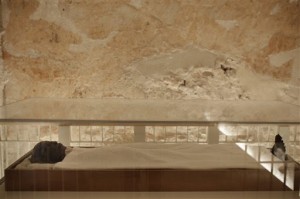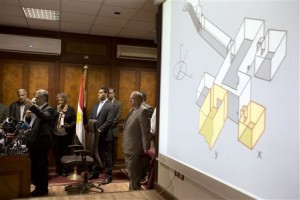Clues surface on Egyptian queen’s presumed remains

Analysis of radar scans of famed King Tutankhamun’s (shown here in a file photo) burial chamber has revealed two hidden rooms that could contain metal or organic material. AP Photo
After months of thorough investigation, archaeologists have unearthed clues on the possible whereabouts of the remains of Queen Nefertiti, the iconic wife of King Akhenaten of Egypt.
A series of radar scans of King Tutankhamen’s tomb in the Valley of the Kings, the ancient necropolis of the southern city of Luxor, exposed the presence of two hidden chambers.
A report by Daily Mail said a team from Cairo University’s Faculty of Engineering and a Paris-based organization called the Heritage, Innovation and Preservation Institute used a technology called infrared thermography to scan the burial chamber.
The technology revealed that there were organic and metal matter, such as human remains, present beneath the walls. There were also interesting scratches and markings found on the western wall of King Tut’s tomb, such as perfect straight lines 90 degrees to the ground that correspond to the tomb’s other features.

Egypt’s Antiquities Minister Mamdouh el-Damaty, left, speaks during a press conference Thursday as he displays images of radar scans to King Tut’s burial chamber on a projector, at the antiquities ministry in Cairo. AP Photo
In a Cairo news conference, Egypt’s Antiquities Minister Mamdouh El-Damaty said in a statement that the archaeologists’ investigation lasted several months.
Article continues after this advertisementEl-Damaty believed one of the antechambers presumably keeps the remains of Kia, who was believed to be Tutankhamun’s biological mother.
Article continues after this advertisementNicholas Reeves, a British Egyptologist from the University of Arizona, declared that the plastered walls could lead to two unexplored pathways, one believed to be the resting place of the legendary Egyptian Queen. It is also believed that the design of the tomb was designed for a queen and not a king.
Queen Nefertiti was the Pharaoh’s primary wife who failed to introduce Egyptians to an early form of monotheism. Howard Carter discovered King Tut’s remains in 1922, including the 19-year-old king’s sarcophagus and iconic golden burial mask. Gianna Catolico